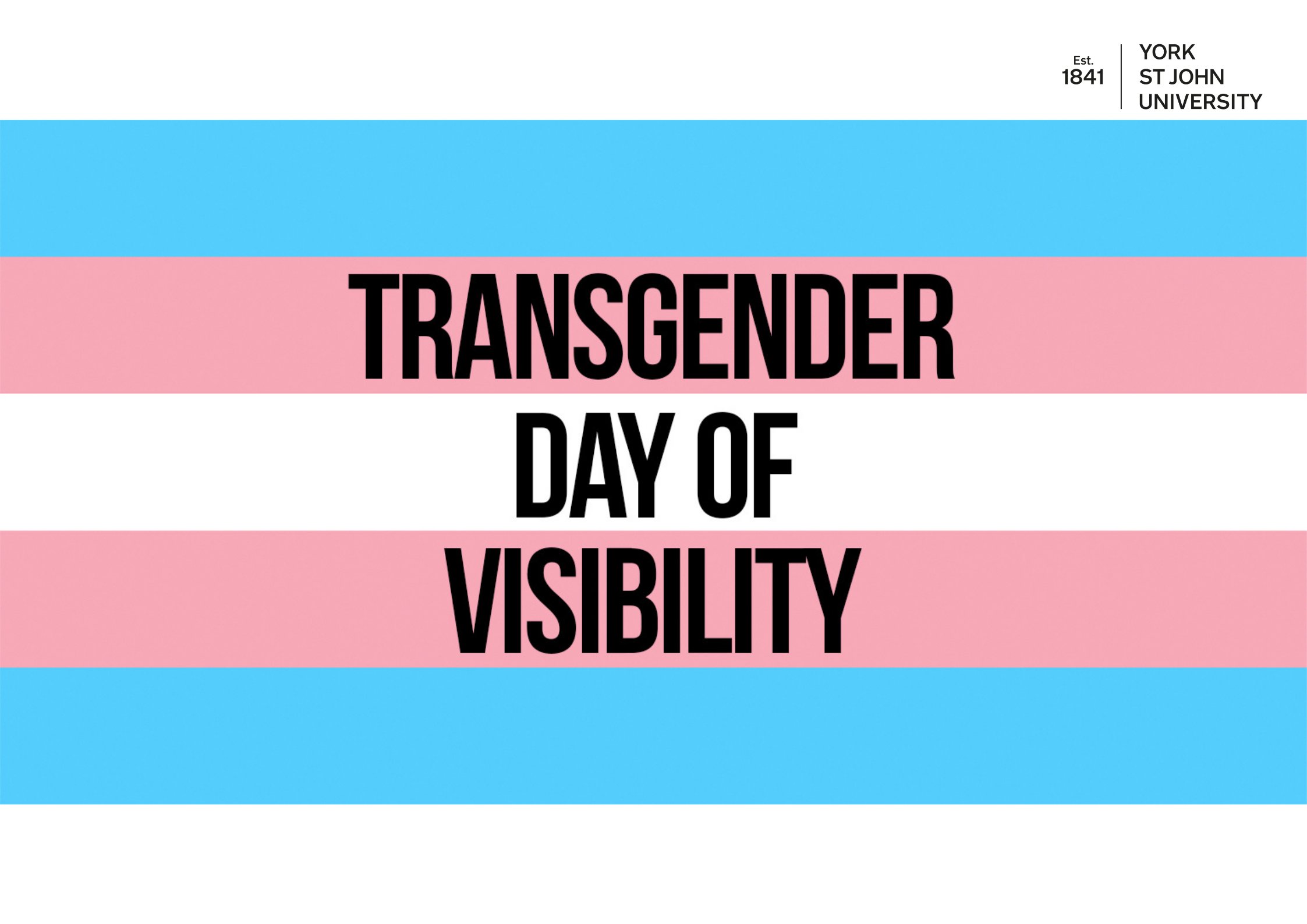There is a particular kind of class dynamic in Ireland that can easily be missed by outsiders. As the popular wisdom goes, nobody in the country (bar the landed gentry) is more than two generations away from the poorhouse. This, arguably, has given the unentrenched middle classes a tendency to guard their rise jealously, an instinct to pull the ladder up behind them.
In Michael Magee’s debut novel, Close to Home, the protagonist, Sean, repeatedly finds himself on the receiving end of this dynamic. Sean lives in a dilapidated bedsit with his best friend, Ryan, under the imposing shadow of west Belfast’s two most famous landmarks: Black Mountain and Casement Park. He lives in squalor, subsisting mainly on a diet of vodka, while black mould climbs the walls:
There was no heat in the radiators, no hot water, and it wasn’t like we could phone the landlord and ask him to sort it out; he went bankrupt and did a runner to Spain, leaving a load of properties to be repossessed. That’s why we didn’t answer the door that morning – it could’ve been someone looking to turf us out.
The absentee landlord, who has bitten off more than he can chew, puts us squarely in the aftermath of the post-2008 economic downturn. And Sean, for his part, can barely keep his head above water. He struggles to support himself with piecemeal bar work at a student nightclub. His manager there – the son of a millionaire – makes repeated attempts to humiliate him, and at one stage forces him to clean up dog shit while a group of his colleagues stand by sniggering. The understanding is that, if he refuses, he’ll be sacked:
Fuck sake, Dee. Don’t be at it.
Don’t be at what? I told you to clean the shit, so clean the fucking shit.
Close to Home is very much a working-class novel, in the sense of a novel that takes working-class representation seriously. But it is many other things too: an Irish novel, a Bildungsroman, a novel about the self-congratulatory failures of Northern Ireland’s political elite, who have been only too eager to sweep away the country’s untidy image of a past recently marred by conflict and state-sponsored violence. The Belfast depicted by Magee is light years away from the image sold to the tourists disembarking from their cruise ships in the “Titanic Quarter”. His Belfast is still stubbornly divided along traditional sectarian lines and underpinned by a sense of frustration that seems liable to spill into violence at any time.
Perhaps the novel’s chief strength is its sharp deconstruction of toxic masculinity. Throughout the novel Sean is haunted by an assault he committed on a night out, and, in his belated rejection of machismo’s self-annihilating ideal, he comes to learn that happiness can be achieved through tenderness and the pursuit of creativity. Determined women like his mother and his old school friend Mairéad are stabilizing influences, eager to pull him back from the fate that society has preordained for men like him and his older brother, Anto. This is a complex and compassionate portrait of modern Belfast by an impressive new talent.
James Conor Patterson is a poet, essayist and photographer from the north of Ireland. His debut poetry collection, bandit country, was nominated for both the 2022 T. S. Eliot prize and the 2023 John Pollard poetry prize
Browse the books from this week’s edition of the TLS at the TLS Shop
The post The landlord’s done a runner appeared first on TLS.




